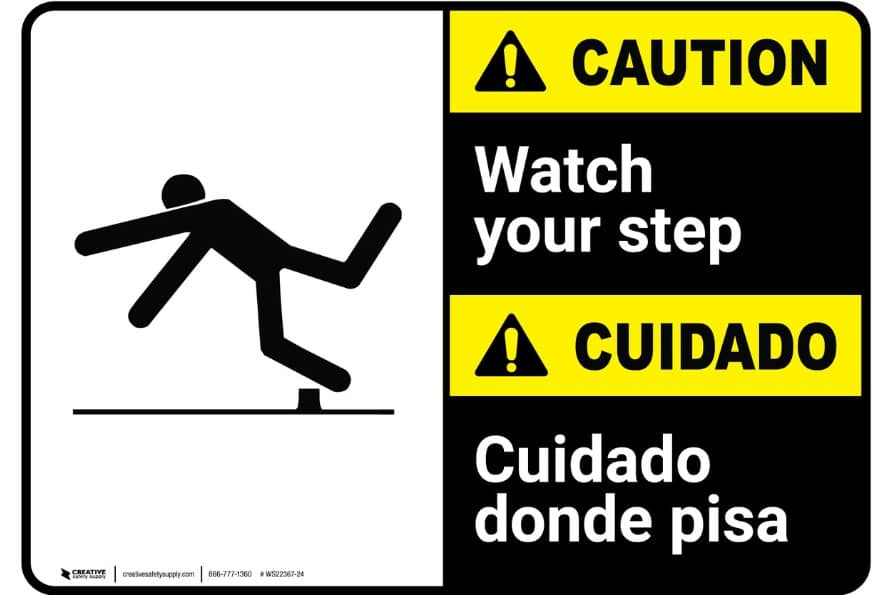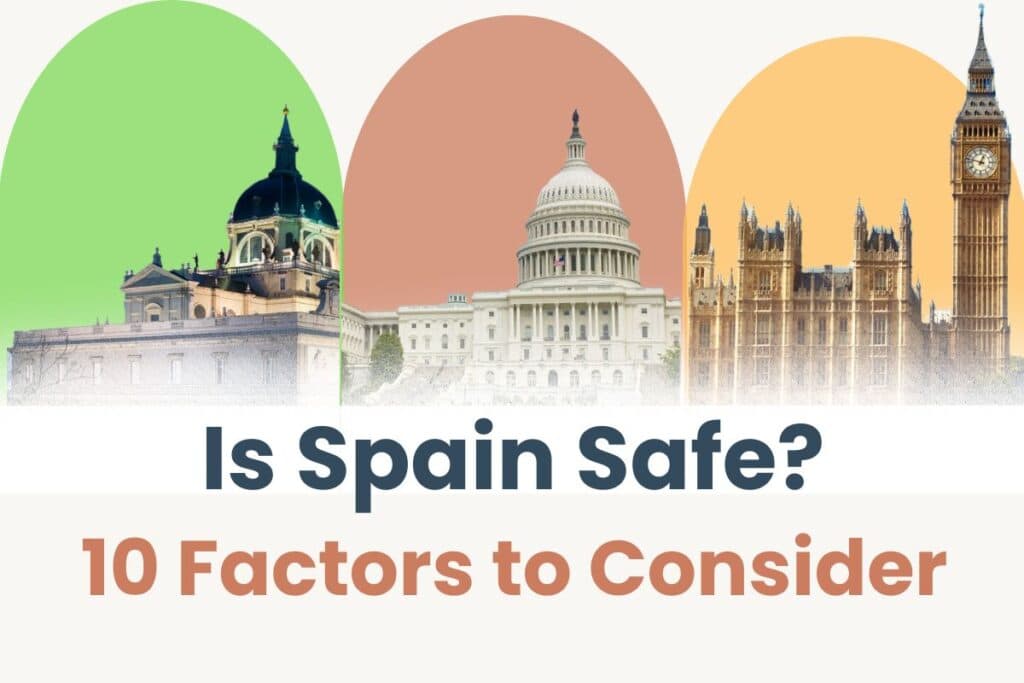Relocating to Spain is an exciting adventure, but there are administrative tasks attached to your path to living in the country. Translating essential documents into Spanish is a prime example. Understanding the process and knowing how to properly translate your documents smooths the way and avoids delays and extra expense – certified translations for Spanish immigration are possible!
Why Translating Documents is Essential
Various legal, professional, and personal documents are required in Spanish by the authorities for:
Legal Compliance
Official procedures, such as applying for a residence permit or enrolling in a university, mandate the submission of documents in Spanish.
Accuracy and Clarity
Translations ensure that all information is accurately conveyed and understood by Spanish officials.
Avoiding Delays and Excess Expenses
Properly translated documents prevent delays in application processing as well as having to pay to resubmit documents.
Document Types and Where Translations are Required
Common documents that require translating include:
- Birth Certificates
- Marriage Certificates
- Criminal Background Checks
- Financial Statements
- Proof of income or assets
- Medical records
- Educational certificates
| Application Type | Essential Documents to be Translated |
| Visa | All personal identification documents, marital status documents, and any financial proof |
| Residency | All personal identification documents marital status documents, and any financial proof |
| Citizenship | Birth Certificates, Marriage Certificates, Criminal Background Checks, and any additional required documents for citizenship eligibility |
In all cases you must submit the relevant certified translations with the other paperwork when making your application.
What is a Certified Translation?
The first thing to know is that you cannot use any old translator. All documents requiring translation must be officially translated by a sworn translator (Traductor Jurado) certified by the Spanish Ministry of Foreign Affairs. This ensures that translated documents are accurately interpreted and legally recognized.
Format and Presentation
Formatting
Translations must be complete and accurate and mirror the original document in content and format.
Presentation Guidelines
Each translated document must be accompanied by a certification statement, the translator’s stamp, and signature.
Important note: The translator’s stamp and signature are not the same as having the document apostilled (see our Guide to the Apostille Process).

Step-by-Step Guide to Translating Your Documents
1. Identify Certified Translators
As stated, you will need to use a certified translator (Traductor Jurado). You can find these through:
- The Spanish Ministry of Foreign Affairs website. This covers sworn translators outside of Spain, including the US and UK.
- Professional translator associations in Spain. These include:
- Recommendations from expat communities or legal advisors.
2. Prepare Your Documents
Ensure that your documents are in good condition and that you have the original or a certified copy. Crumpled photocopies will not be accepted. It’s always a good idea to make multiple copies in case you need them for different applications.
3. Request a Quote and Timeline
Contact the translator to get a quote for their services and an estimated time for completion of the translations. This not only helps you budget accordingly but—crucially—plans your schedule. Some documents are time-sensitive (e.g., in the UK, the ACRO criminal records check is valid only for three months), so you need to exercise close control over when your documents go to translation.
4. Submit Your Documents
Provide the translator with the documents that need to be translated. Make clear any specific requirements or deadlines.
5. Review and Collect Translated Documents
The translator will provide you with the stamped and signed translations. Check they are complete and review them for accuracy. If anything looks off, go back to the translator to double-check.
Tips and Tricks for Certified Translations
Start the Process Early
Timing can be critical. Begin the translation process well in advance in case of delays or complications. Some documents may take longer to translate, especially if they are lengthy or complex.
Understand the Requirements
Different authorities and/or application processes may have specific requirements for document submission. Make sure you understand these to avoid any issues.
Choose the Right Translator
Ensure your translator is accredited as a Traductor Jurado by the Spanish Ministry of Foreign Affairs. Don’t be tempted to use translators who may look good or be cheaper but do not have such accreditation.
Verify Completeness
Always review and double-check your translations before submission.
Keep Originals
Where possible, keep original documents. If you have to submit originals, always make copies. And always copy your certified translations.
Stay Organized
Keep all your documents and translations organized in a file or digital folder. This will help you easily access them and ensure you don’t misplace important papers.
Budget Appropriately
Certified translations can be expensive. Understand the costs and budget accordingly.
Legal Advice
Our standard advice is to consult experts at appropriate points in your journey to Spain. Certified translations are no exception. If you are not sure, seek advice from a Spanish immigration expert.
Conclusion
Translating your documents is a crucial step when moving to Spain. By understanding the process, starting early, and using certified translators, you can ensure a smooth transition and avoid unnecessary delays.
It cannot be stressed enough that Certified Translations are essential for Spanish visa, residency, and citizenship applications.
With proper preparation and organization, you’ll be well on your way to starting your new life in Spain with confidence.
Give yourself peace of mind that you have overlooked nothing by downloading our free interactive Moving to Spain Checklist.







